The War at Home is a american film of genre War directed by Barry Alexander Brown released in USA on 1 december 1979
The War at Home (1979)
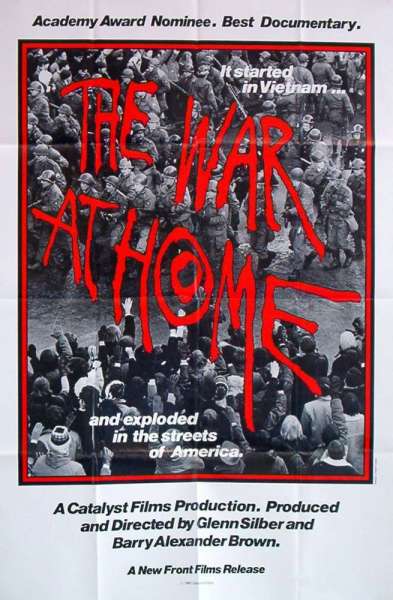
If you like this film, let us know!
Released in USA 1 december 1979
Length 1h40
Directed by Barry Alexander Brown
OriginUSA
Themes Politique, Documentary films about war, Documentary films about historical events, Political films
Rating75%










The War at Home is a documentary film about the anti-war movement in the Madison, Wisconsin area during the time of the Vietnam War. It combines archival footage and interviews with participants that explore the events of the period on the University of Wisconsin–Madison campus. The film was nominated for an Academy Award for Best Documentary Feature.
The film focuses on student protests of government policies in the Vietnam War, clashes between students and police, and the responses of politicians and the public to the turmoil. Among the major events included is the Sterling Hall bombing. Intended to destroy the Army Math Research Center in the building, the bombing caused massive destruction to other parts of the building, resulting in the death of a physics researcher, Robert Fassnacht, who was not involved in the Army Math Research Center.
Comments
Leave comment :
Suggestions of similar film to The War at Home
There are 0 films with the same director, 12868 with the same cinematographic genres (including 326 with exactly the same 2 genres than The War at Home), 8254 films with the same themes (including 73 films with the same 4 themes than The War at Home), to have finally 70 suggestions of similar films.If you liked The War at Home, you will probably like those similar films :
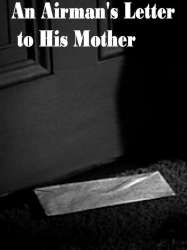 , 5minutes
, 5minutesDirected by Michael Powell
Origin United-kingdom
Genres War, Documentary
Themes Politique, Transport films, Aviation films, Documentary films about war, Documentary films about historical events, Political films, Documentary films about World War II, Disaster films, Films about aviation accidents or incidents
Actors John Gielgud
Rating68%





A Royal Air Force (RAF) airman who dies during a mission has left a letter to be sent to his mother upon his death. The letter is delivered to his mother. As the letter is read out by his mother in the airman's room, she looks through his things and remembers him as a youth. The letter tells of his reasons for joining the air force and going to fight, knowing full well that he could die.

Sir! No Sir! (2005)
, 1h25Directed by David Zeiger
Origin USA
Genres War, Documentary
Themes Politique, Documentary films about war, Documentary films about historical events, Documentaire sur une personnalité, Documentary films about health care, Political films, United States Armed Forces in films
Actors Edward Asnere, Donald Sutherland, Jane Fonda, Troy Garity
Rating75%





Sir No Sir! tells the story of the 1960s GI movement against the war in Vietnam for the first time on film. The film explores the profound impact that the movement had on the war and investigates the way in which the GI Movement has been erased from public memory. In the 1960’s an anti-war movement emerged that altered the course of history. This movement didn’t take place on college campuses, but in barracks and on aircraft carriers. It flourished in army stockades, navy brigs and in the dingy towns that surround military bases. It penetrated elite military colleges like West Point. And it spread throughout the battlefields of Vietnam. It was a movement no one expected, least of all those in it. Hundreds went to prison and thousands into exile. And by 1971 it had, in the words of one colonel, infested the entire armed services. Yet today few people know about the GI Movement against the war in Vietnam.

Hearts and Minds (2006)
, 1h52Directed by Peter Davis
Origin USA
Genres War, Documentary
Themes Politique, Documentary films about war, Documentary films about historical events, Documentary films about politics, Political films
Actors Bob Hope
Rating81%





Un documentaire soulignant, à travers des images d'archives et des témoignages, les enjeux et les attitudes contradictoires des témoins de la guerre du Viêtnam. Le titre vient directement d'un discours du président Lyndon Johnson qui déclara, en tentant de justifier l'envoi de soldats au Viêtnam, que l'ultime victoire ne se gagnerait qu'avec le cœur et l'esprit des hommes qui vivent là-bas.
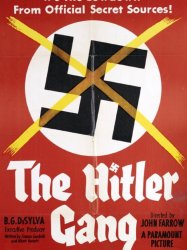
The Hitler Gang (1944)
, 1h41Directed by John Farrow
Origin USA
Genres Drama, War, Documentary, Historical
Themes Politique, Documentary films about war, Documentary films about historical events, Documentaire sur une personnalité, Hitler, Political films, Documentary films about World War II
Actors Roman Bohnen, Martin Kosleck, Victor Varconi, Luis van Rooten, Walter Abel, Ivan Triesault
Rating67%





In 1918 a young soldier called Adolf Hitler recovers from being gassed during World War I. At the behest of the German army, he joins German nationalistic parties, espousing theories that Germany lost the war because they were stabbed in the back. He rises to become dictator of Germany.
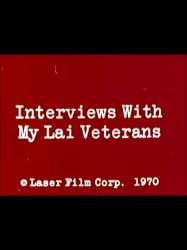 , 22minutes
, 22minutesDirected by Joseph Strick
Origin USA
Genres War, Documentary
Themes Politique, Documentary films about law, Documentary films about war, Documentary films about historical events, Documentaire sur une personnalité, Documentary films about health care, Political films
Rating73%





Le film apporte des témoignages de cinq soldats à propos du Massacre de Mỹ Lai intervenu en mars 1968 lors de la guerre du Viet Nam, et ayant fait plus de 500 victimes dont beaucoup de femmes, enfants et vieillards. Sur les 110 soldats qui ont participé au massacre, sept ayant démissionné de l'armée acceptent de témoigner, mais deux mentent en affirmant n'y avoir pas participé, et leur témoignage n'est finalement pas retenu. Sur les cinq autres, trois essayent de se justifier.
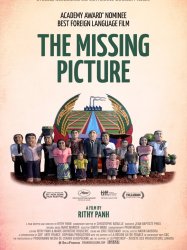
The Missing Picture (2013)
, 1h32Directed by Rithy Panh
Origin France
Genres War, Documentary, Historical, Animation
Themes Politique, Films about racism, Documentary films about racism, Documentary films about law, Documentary films about war, Documentary films about historical events, Documentaire sur une personnalité, Political films, Autobiographical documentary films
Actors Randal Douc, Jean-Baptiste Phou, Rithy Panh
Rating72%





En utilisant des figurines d'argile et des images d'archive, Rithy Panh témoigne des atrocités commises par les Khmers rouges au Cambodge entre 1975 et 1979.
 , 1h41
, 1h41Directed by Rithy Panh
Origin France
Genres War, Documentary, Historical
Themes Politique, Films about racism, Documentary films about racism, Documentary films about law, Documentary films about war, Documentary films about historical events, Documentaire sur une personnalité, Political films
Rating71%





Vann Nath and Chum Mey, two survivors of the Khmer Rouge's Tuol Sleng Prison, are reunited and revisit the former prison, now a museum in Phnom Penh. They meet their former captors – guards, interrogators, a doctor and a photographer – many of whom were barely teenagers during the Khmer Rouge era from 1975 to 1979. Their appearances are in stark contrast to the two former prisoners, who are both elderly men. Vann Nath, who was made to paint portraits of prisoners, has a full head of white hair.
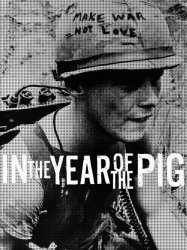
In the Year of the Pig (1969)
, 1h41Directed by Emile de Antonio
Origin USA
Genres War, Documentary
Themes Politique, Documentary films about war, Documentary films about historical events, Political films
Rating73%





De nombreux films ont pris cette guerre pour sujet. Moins connus, il existe d'admirables documentaires qui, mieux que les longs-métrages de fiction, témoignent de l'exceptionnelle cruauté d'un affrontement qui causa la mort de 58 000 Américains, de plus de 3 millions de Vietnamiens. Emile de Antonio a réalisé au début de la guerre du Vietnam, le réalisateur s'est infiltré méthodiquement dans le tumulte des événements. Il a été le premier à tenter d'expliquer les raisons profondes de la guerre. Avec des méthodes d'archéologue.

The Battle of the Somme (1916)
, 1h2Directed by Geoffrey H. Malins, Charles Urban
Origin United-kingdom
Genres War, Documentary
Themes Politique, Documentary films about war, Documentary films about historical events, Political films
Rating65%





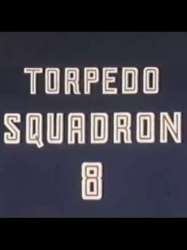
Torpedo Squadron (1942)
, 8minutesDirected by John Ford
Origin USA
Genres War, Documentary
Themes Politique, Transport films, Aviation films, Documentary films about war, Documentary films about historical events, Documentary films about technology, Political films, Documentary films about World War II
Rating61%





 Connection
Connection